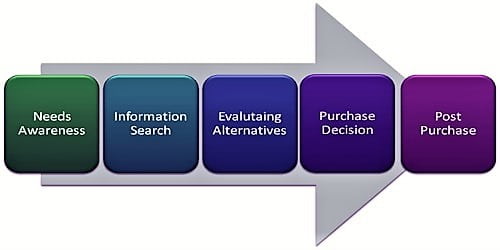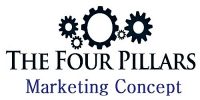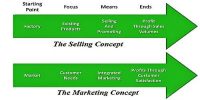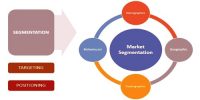When making a purchase, the buyer goes through a decision process consisting of five stages: need recognition, information search, evaluation of alternatives, purchase decision, and post purchase behavior. Clearly, the buying process starts long before actual purchase and continues long after. The marketer’s job is to understand the buyer’s behavior at each stage and the influences that are operating. The figure implies that consumers pass through all five stages with every purchase.
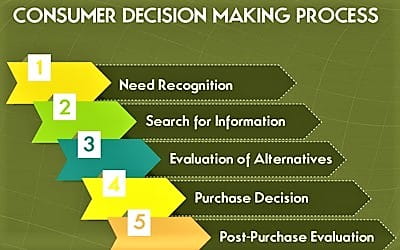
Fig: Consumer Decision Making Process
- Problem Recognition – Recognizing the need for a service or product
The first stage of the procedure is working out what accurately you or the customer needs. The consumer feels like something is missing and needs to address it to get back to feeling normal. These customer decision-making steps are measured to be vital when a luxury brand is under buying consideration such as cars, laptops, mobile phones, etc.
- Information search – The consumer gathers information
In this stage, a customer is beginning to think about risk management. A customer might make a pro’s vs. con’s list to help formulate their choice. People often don’t want to regret making a decision so extra time being put into managing risk might be worth it.
- Evaluation of Alternatives – Weigh choices against comparable alternatives
Once the customer has determined what will satisfy their want or need they will begin to seek out the best deal. This might be based on price, quality, or other factors that are vital to them. They might evaluate prices or read reviews and then select a product which satisfies their parameters the most.
- Purchase – Consumer makes an actual purchase
When all the above stages have been passed, the customer has now lastly decided to make a purchasing decision. The customer has now decided based on the knowledge gathered what to purchase and where to purchase what they desire.
- Post Purchase satisfaction or dissatisfaction – Reflection from both the consumer and seller
The review stage is a key stage for the company and for the customer similarly. If a consumer finds that the product has matched or exceeded the promises made and their own expectations they will potentially become a brand ambassador influencing other potential customers in their stage 2 of their next consumer journey, boosting the chances of your product being purchased again.
During need recognition, the consumer recognizes a problem or need that could be satisfied by a product or service in the market. Once the need is recognized, the consumer is aroused to seek more information and moves into the information search stage.
With the information in hand, the consumer proceeds to alternative evaluation, during which the information is used to evaluate brands in the choice set. From there, the consumer makes a purchase decision and actually buys the product. In the final stage of the buyer decision process, post purchase behavior, the consumer takes action based on satisfaction or dissatisfaction.
